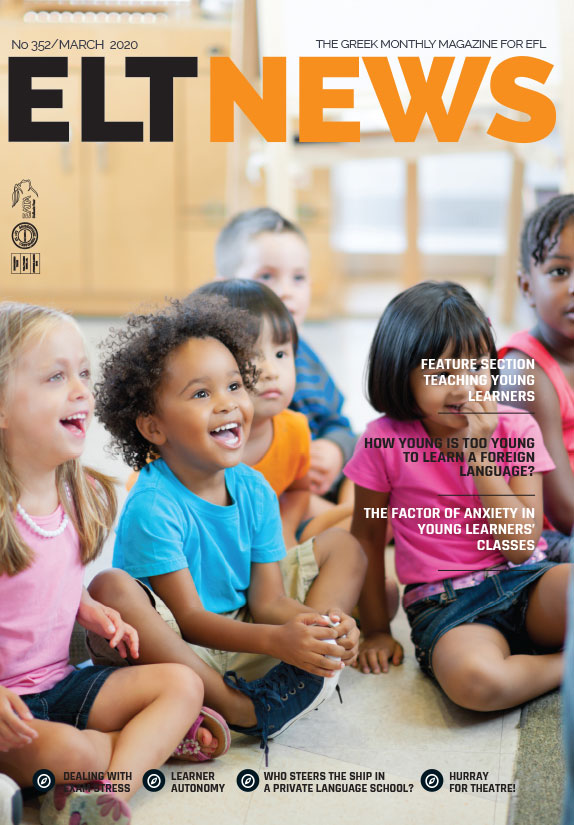Teaching English to young learners
Early learning of English in the school context is becoming more common in our days. However, for a class of youngsters to flourish we need to create a pleasant climate in the classroom where kids can communicate through movement and play. The best way of working with very young learners is to set goals and objectives.
The main objectives are:
- Participate in activities and games scheduled.
- Learn vocabulary and structures through rhymes and songs.
- Understand simple stories with support and visuals.
- Recognize vocabulary through play and drawing tasks.
- Follow routines and basic commands.
- Perform tasks according to their degree of maturity.
- Share and care for classroom materials.
What do we teach young learners?
1. The basics: colours, numbers, sizes and shapes
2. Topics: the classroom, My family, My house, food, the body, animals, means of transport
3. According to the season we talk about various festivities: Halloween, Christmas, Carnival etc.
How to Work
Methodology and Resources
Routines are very important in a young learners’ classroom so we have to eliminate the element of surprise in our sessions.
Some resources that are recommended for teaching English are:
a) stories: simple plot, with little vocabulary. Short stories are easy to understand and be dramatized.
b) rhymes and songs: they are great for encouraging children’s pronunciation in an entertaining way. They should be short and repetitive and accompanied by movement or gesture.
c) puppets: young children love them. The dolls speak only English.
e) games: introduce games with rules.
Guidelines to understand
We have to emphasize that the child listens and speaks in English and does not write from the beginning. We relate what we teach with what children already know in their own language. We try to use as much English as possible.
We do not press children to speak. We design activities so that everyone can succeed. We start with single words, not sentences. We use lots of repetition. The classes should be fun. We provides short and varied activities. We maintain a routine for children to feel comfortable. Vocabulary and grammar are learned through songs.
We use stories. Children love them. If a story is repeated many times, children become accustomed to the vocabulary and grammar as well as the rhythm of the language. We use body language, facial expressions and other resources to help them understand. We only use the native language when we need to explain a game or for discipline reasons. We do not translate.
How to Evaluate
By looking at aspects such as:
1. The learner plays games and activities.
2. Identifies basic vocabulary.
3. Repeats simple phrases.
4. Co-operates
It is important to continuously evaluate the methods, procedures and resources we use and analyze to what extent they are really valid. We must always be willing to adjust our methods if something does not appear to work.
We do not put pressure on our students
Children learn some aspects of foreign languages more easily than adults. Their natural acquisition process will follow three simple steps. They will recognize words and grammar when you use them. They will be able to respond when you ask them questions about the words and grammar you use. And then they will be able to use those language structures themselves.
You can avoid putting pressure on students by:
- Not correcting every error they make.Focus on what you have recently taught, and correct very basic errors. Your students’ English doesn’t have to be perfect right away.
- Modeling correct language use.When you hear a student say something wrong or use a word incorrectly, just use it correctly right afterwards. The natural language learning feedback system in the human brain will notice the difference, and your students will likely use the language correctly just from hearing it right.
- Not giving everything a grade.Sometimes it’s enough to just go over correct answers with your students or have them discuss their answers together. You don’t have to collect every paper and mark it up with the mighty red pen.
Because language is abstract and children are concrete, they may not be able to articulate grammar and other technical aspects of language, and that’s okay. Just keep things fun, pressure-free, and your students will be fluent in no time!
